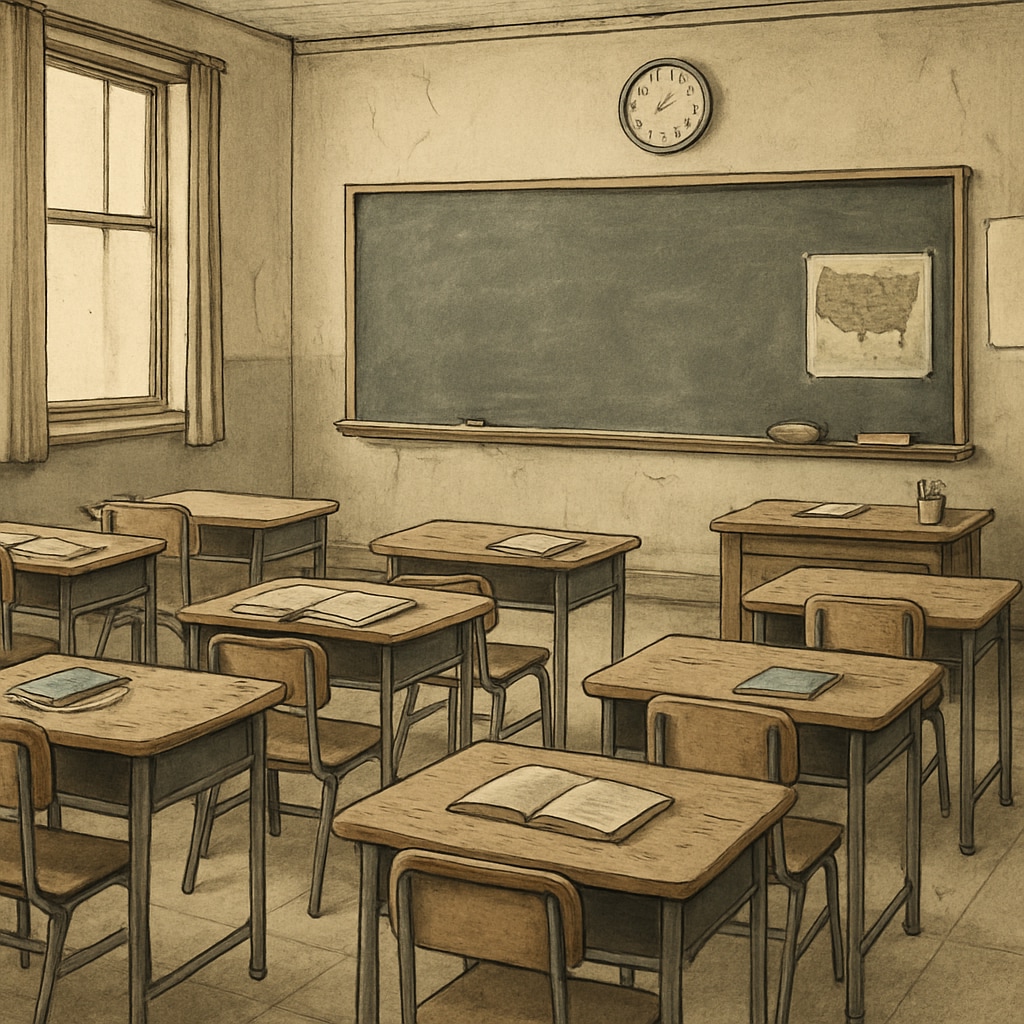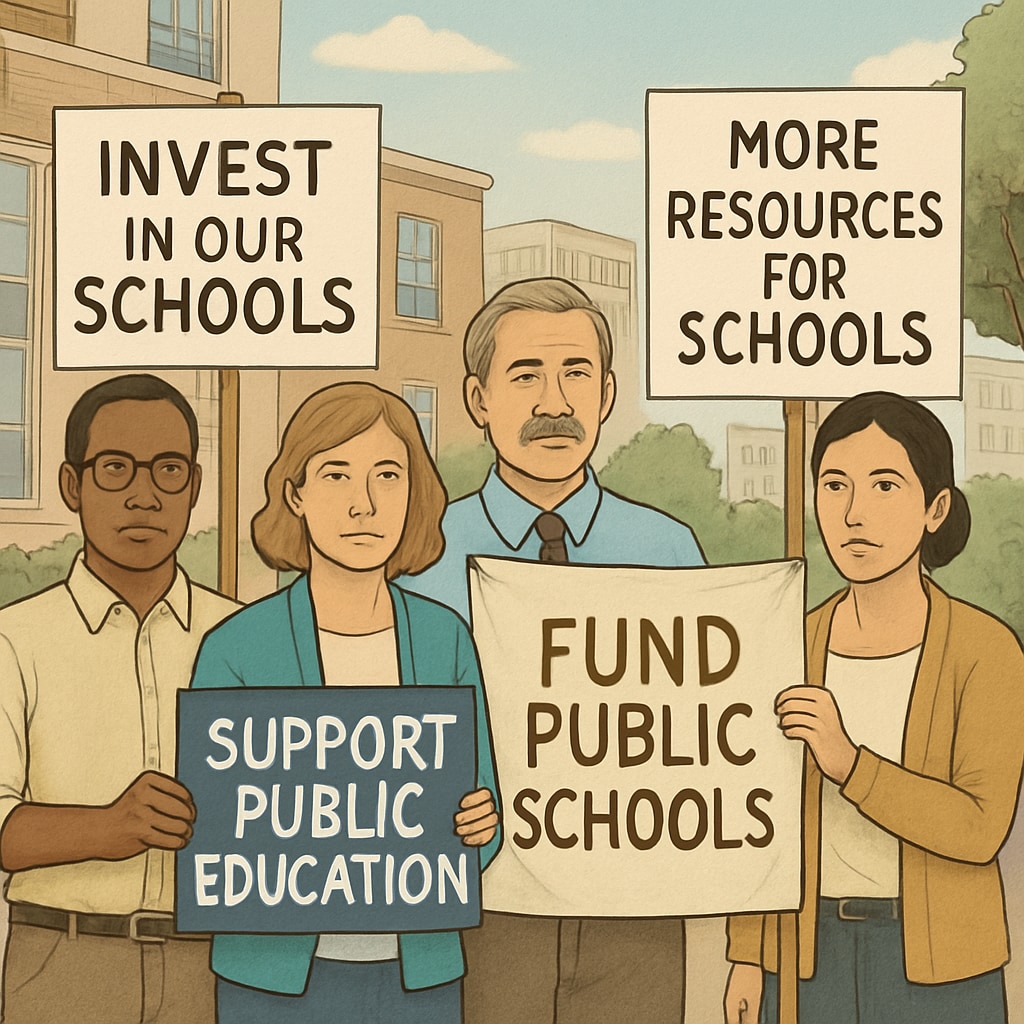The public education system, once considered the cornerstone of equal opportunity, faces a growing threat from privatization. Organizations like “Stand For Children,” while publicly advocating for educational reform, are at the center of policies that divert public education funds to private entities. This shift has left public schools struggling with resource depletion, school closures, and a mass exodus of skilled teachers. As a result, the very foundation of K-12 public education hangs in jeopardy.
How Public Education Funds Are Being Redirected
At first glance, initiatives spearheaded by advocacy groups like “Stand For Children” appear to support the betterment of education. However, a closer examination reveals a pattern of policies favoring the redirection of public funds to charter schools and private institutions. These policies are often cloaked in the language of choice and innovation but fail to address the systemic inequities in public schools.
For example, funding reallocation often occurs under the guise of voucher programs or performance-based incentives. While these mechanisms are marketed as ways to improve educational outcomes, they disproportionately benefit private institutions, leaving public schools underfunded. According to a study by Britannica, voucher systems siphon funds from public schools, exacerbating existing inequalities.

The Impact on Public Schools and Teachers
The consequences of this privatization trend are dire. Public schools, particularly those in low-income areas, are losing critical resources. Over time, this resource scarcity leads to declining student performance and, eventually, school closures. Teachers, the backbone of the education system, are also severely affected. Many face stagnant wages, increased workloads, and limited professional development opportunities, prompting them to leave the profession in droves.
In addition, the closure of public schools disrupts communities. Parents are often forced to send their children to schools further away, increasing transportation costs and reducing parental involvement. The ripple effects of these closures are felt far beyond the classroom.

Unmasking the True Agenda of “Stand For Children”
While “Stand For Children” positions itself as a champion for educational equity, its actions suggest otherwise. The organization has been linked to lobbying efforts that prioritize privatization over meaningful investment in public schools. For instance, their support for charter school expansion often comes at the expense of traditional public schools, which serve the majority of students.
Critics argue that such organizations prioritize profit over students’ needs. A report by Wikipedia highlights the growing influence of corporate interests in education reform, further undermining public trust in these advocacy groups. If left unchecked, the privatization agenda could dismantle the public education system entirely.
What Can Be Done to Protect Public Education?
The fight to preserve public education requires collective action. Policymakers must prioritize equitable funding for public schools, ensuring that resources are allocated based on need rather than profit-driven motives. Transparency and accountability are also crucial; organizations like “Stand For Children” must be scrutinized to ensure their actions align with their stated mission.
In addition, communities play a vital role. Parents, teachers, and students must advocate for policies that strengthen public schools rather than weaken them. Grassroots movements have successfully countered privatization efforts in the past, proving that change is possible when communities unite.
Key Takeaways:
- Public education funds are increasingly redirected to private institutions, undermining public schools.
- Organizations like “Stand For Children” often mask privatization policies as reform initiatives.
- Resource depletion in public schools leads to closures and a loss of skilled teachers.
- Protecting public education requires equitable funding, transparency, and community advocacy.
As the debate over education reform continues, the stakes have never been higher. The future of K-12 public education depends on our ability to challenge privatization and invest in schools that serve all students, regardless of their socioeconomic status.


